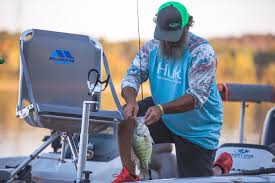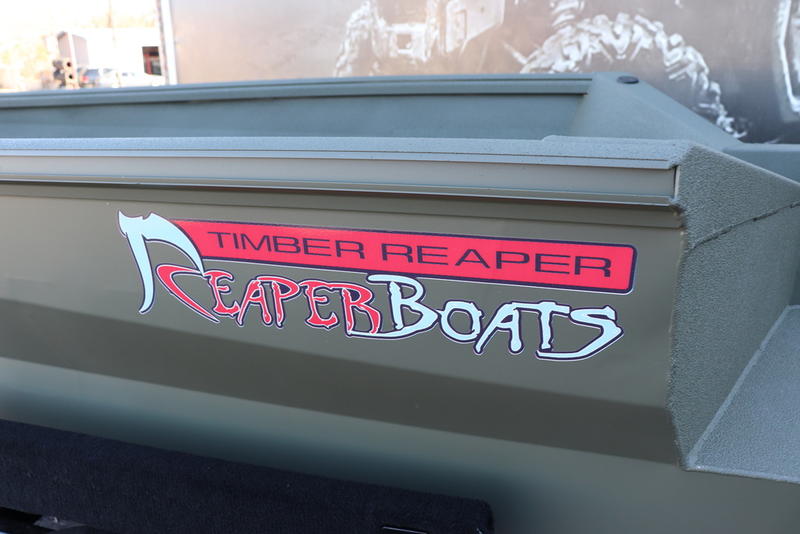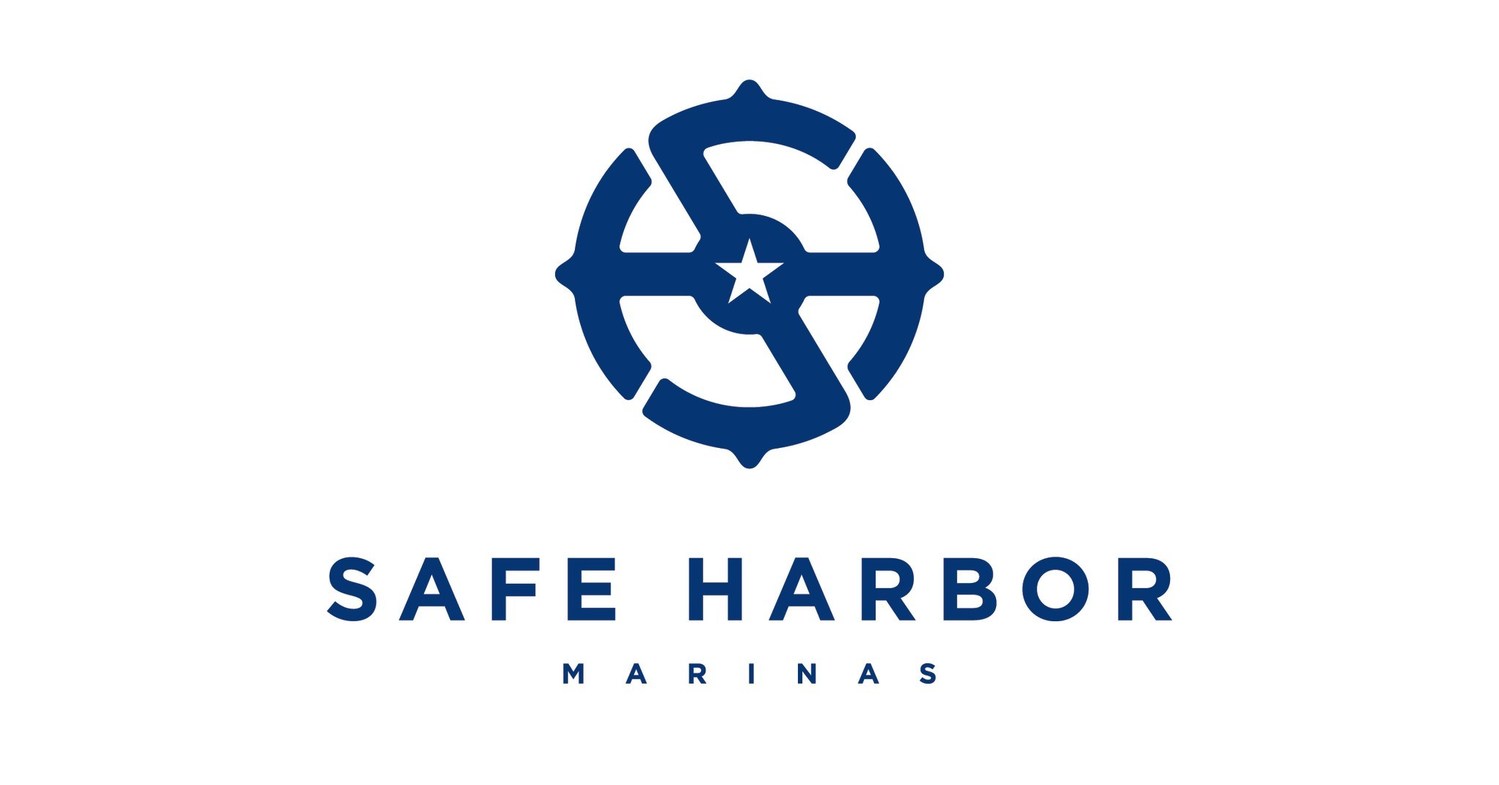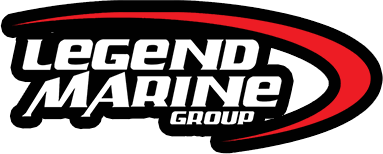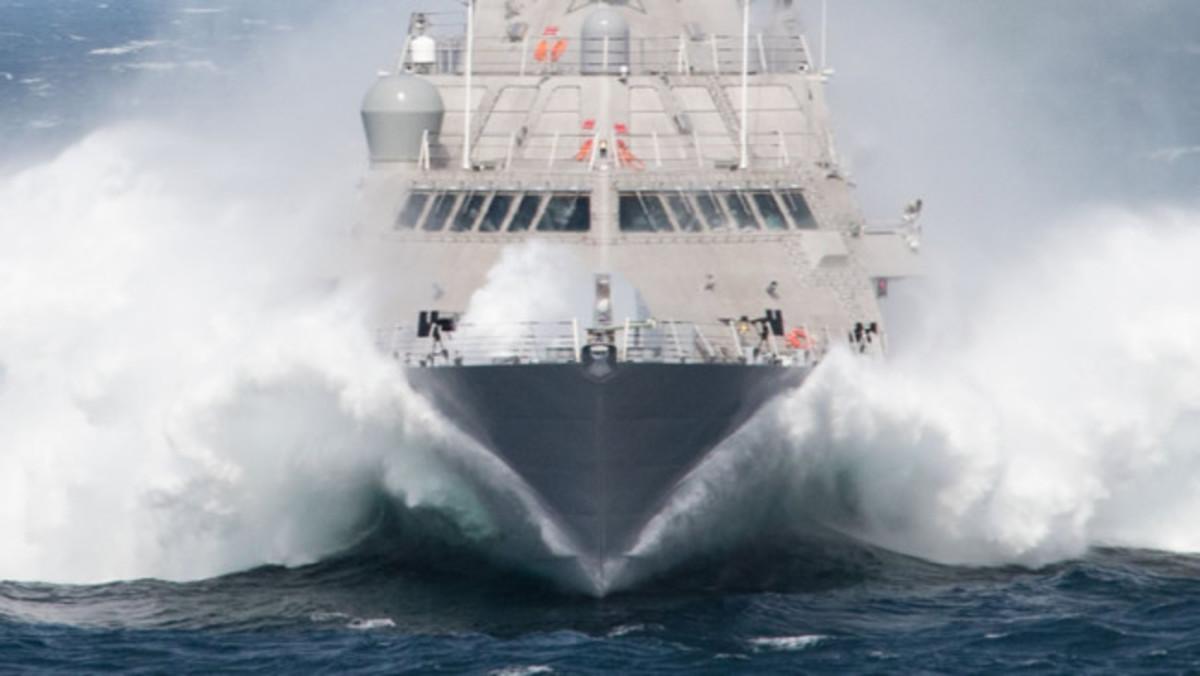Types of Boats: Comprehensive Guide for Enthusiasts
Boating is an enjoyable activity that offers a world of possibilities. From leisurely cruises along the coast to thrilling water sports, owning a boat can be an exciting adventure.
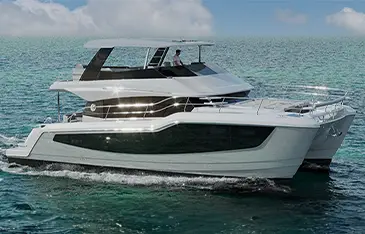
When getting into boating, it's essential to understand the various types of boats available and their unique characteristics to choose the right one for your needs and preferences.
Each boat is designed with specific features in mind, catering to individual boating activities such as fishing, sailing, and watersports.
Boats can be classified according to their size, function, construction material, and propulsion system.
With a wide range of boat types on the market, there's a vessel to suit everyone's style and purpose.

Key Takeaways
- Boats are categorized based on size, function, construction material, and propulsion system
- Different boat types cater to individual needs and preferences for specific boating activities
- Choosing the right boat depends on understanding the features and unique characteristics of each type
Boat Classification
By Purpose
Boats can be categorized based on their purpose or main usage. Some common types of boats include:
- Fishing boats: These are designed for sport or recreational fishing, with features like rod holders, bait wells, and fish lockers.
- Bass boats, outboard skiffs, and rowboats fall under this category. For bigger, deep-water lakes, bigger boats may be required.
- Cruisers: Cruisers are versatile boats typically used for day outings, overnight trips, and even extended vacations. They offer amenities such as cabins, galleys, and heads.
- Sailing boats: These are boats that primarily rely on wind power and sails for propulsion. Sailboats can be small or large and include sloops, ketches, catamarans, and more.
- Houseboats: Designed for living aboard and extended stays on the water, houseboats offer spacious living areas, bedrooms, and kitchens.
- Transport boats: These are designed to transport people or cargo across bodies of water.
- Transport boats can be divided into passenger boats, such as ferries, and cargo vessels for commercial purposes.
- Commercial vessels: This category includes boats intended for specific commercial activities or professional use, such as tugboats, oil tankers, research vessels, and fishing trawlers.

By Propulsion
Boats can also be classified based on their propulsion methods. Key types include:
- Motor-powered boats: These boats rely on engines for propulsion, either inboard or outboard. Examples include motor yachts and most fishing boats.
- Sailboats: Sailboats use the wind's energy to propel themselves, with various types of sails and rigging arrangements.
- Paddle boats: This type of boat is propelled by rowing or paddling. Canoes, kayaks, and rowboats, with oar propulsion, fall under this category.
- Human-powered boats: These boats are powered by muscle strength and include rowing shells, paddleboards, and pedal boats.
Boat Construction
Materials and Durability
Boat construction involves various materials, each offering different levels of strength and durability.
Common materials used in boat building include fiberglass, resin, composites, and cores [1].
Fiberglass is a popular choice as it's lightweight and offers a good balance between cost and performance.
Carbon fibers, though more expensive, provide superior strength and are increasingly used in high-end boat construction [2].
Aluminum is frequently used in the construction of fishing boats, as it offers both strength and corrosion resistance.
Inflatable boats, on the other hand, are typically made of PVC or Hypalon, as these materials can be easily repaired, are durable, and offer excellent buoyancy.

Design and Stability
When constructing boats, design plays a significant role in determining the vessel's stability, speed, and overall performance.
Displacement hulls are a standard design that enables the boat's weight to be supported by the water's buoyancy. This design offers good stability, making it suitable for larger vessels such as ships and some watercraft.
Catamaran designs consist of two hulls joined together, which provide a more stable platform for boats. This stability makes them suitable for a variety of purposes, including recreational sailing and commercial purposes such as ferries.
It is essential to carefully plan and execute the construction process to ensure that the chosen design and materials result in a watercraft with the desired strength, durability, and stability.
During the boat building process, modern technology, such as five-axis routers, is utilized to achieve high precision, ensuring proper alignment and accuracy in the construction [3].
This level of precision is critical in producing a safe, dependable, and long-lasting vessel.
Boat Types
Fishing Boats
Fishing boats are designed specifically for fishing activities in different water environments, such as freshwater and saltwater areas.
There are several types of fishing boats available, including bass boats, all-purpose fishing boats, and even specialized aluminum boats for specific types of fishing.
For lake fishing, bass boats, pontoon boats, and outboard skiffs are popular options, while saltwater fishing often requires sturdier vessels like cruisers or catamaran boats.
Pleasure Boats
Pleasure boats are designed for recreational boating and can range from small deck boats to larger yachts.
Common types of pleasure boats include deck boats, bowriders, and pontoon boats.
A deck boat is ideal for cruising and entertaining, with spacious seating and a flat-bottom design.
Bowriders are popular for their comfortable seating, sporty performance, and versatility in water activities, while pontoon boats are loved for their stability and customizable features.
Sailing Boats
Sailing boats are primarily propelled by the power of the wind acting on sails.
There are different types of sailboats available, such as schooners, cutters, sloops, ketches, and catamarans.
These boats have a rich history, dating back thousands of years. Depending on the design and size, sailing boats can be used for recreational activities, competitions, or long-distance ocean voyages.
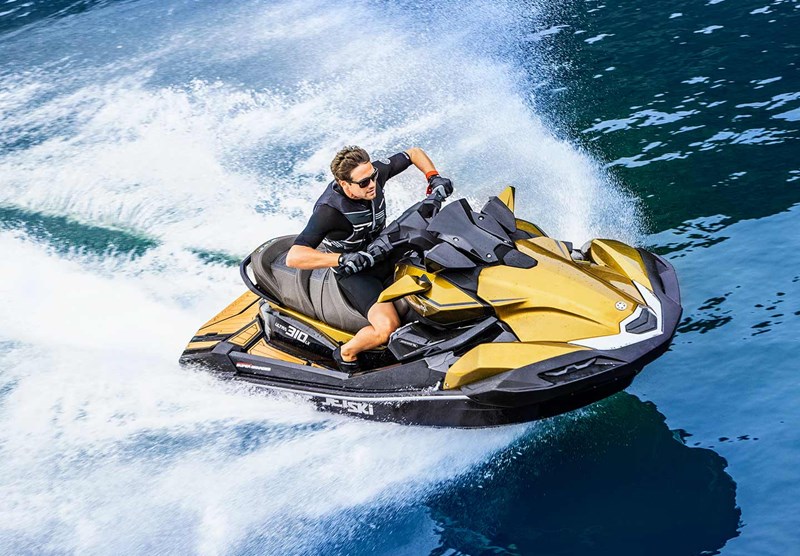
Small Watercraft
Small watercraft include a variety of vessels that are ideal for personal use, close to shore activities, and easy transportation.
Examples are kayaks, canoes, dinghies, and personal watercraft like jet skis.
Whether it's exploring calm waters, paddling through rapids, or simply enjoying leisure time on the water, small watercraft offer versatility and excitement for users.
Specialized Boats
There are many specialized boats designed for specific purposes, such as houseboats, trawlers, banana boats, and ferries.
Houseboats provide a unique living and travel experience, while trawlers are primarily used for commercial fishing or long-distance ocean voyages.
Banana boats are popular tourist attractions for thrill-seekers, and ferries are essential for transporting people and vehicles across waterways.
These specialized boats cater to the unique needs of boaters in different settings and activities.
On-Deck Features and Amenities
Storage and Convenience
Deck boats, yachts, pontoons, and cabin cruiser boats are designed to cater to various recreational activities - prioritizing storage and convenience for the user.
These boat types are known for their spacious and open deck areas, allowing for ample space to store essential items and equipment.
For fishing enthusiasts, these boats typically feature strategically placed live wells, bait wells, and fish lockers to help anglers catch and hold fish more efficiently.
Additionally, the boats come equipped with unique storage compartments for personal belongings and even coolers for keeping your drinks and catch fresher for longer.
Yachts and cabin cruiser boats, in particular, exhibit an emphasis on on-board convenience. They often come with a fully-functional galley to prepare meals, along with a comfortable berth for resting and sleeping.

Comfort and Leisure
The primary goal of most recreational boats is to provide comfort and leisure opportunities for their passengers.
Deck boats and pontoons are popular among families and groups who enjoy spending time on the water and often feature large seating areas for socializing, entertaining, or simply relaxing.
These types of boats offer amenities that cater to various water activities such as sunbathing, fishing, or water sports.
For instance, comfortable lounge and seating areas often accommodate sunbathers and sightseers, while swimmers and water sports enthusiasts benefit from swim ladders, ski tow bars, and wakeboard towers.
Cabin cruiser boats and yachts take comfort up a notch, providing luxurious amenities like air conditioning and heating, enclosed bathrooms, and private sleeping quarters.
To further enhance the boating experience, some boats are equipped with cutting-edge technology like Bluetooth stereo systems and waterproof speakers for entertainment purposes.
Boating Activities
Recreational Use
Boating offers a variety of leisure activities for people who enjoy spending time on the water.
One popular boating activity is watersports, which includes activities such as waterskiing, wakeboarding, and tubing.
For adrenaline seekers, personal watercraft, commonly known as jet skis, provide a thrilling and agile ride.
In addition to thrill-seeking options, boating activities can also cater to relaxation and leisure.
Day cruising is a popular choice for those who want to spend a few hours on the water with family and friends.
For a more immersive boating experience, overnight cruising allows passengers to spend multiple days onboard, exploring various destinations and enjoying an extended time on the water.
Freshwater and saltwater settings provide unique opportunities for boating adventurers.
For example, lake, river, and canal boats are designed to navigate specific environments. Flat-bottomed boats offer easy access to shallow waters, while narrow and extended boats are ideal for river and canal navigation.

Commercial and Fishing
Besides recreational use, boats serve important roles in commercial industries such as transportation and fishing.
Commercial vessels are utilized to transport cargo, passengers, and goods across vast expanses of water.
Cargo ships, ferries, and even rowboats can be used for commercial purposes, depending on the size and depth of the water body.
In the realm of commercial and sport fishing, a wide range of boats are designed for specific fishing purposes.
Fishing boats typically fall under two categories: inshore and offshore fishing.
Freshwater fishing boats are suitable for angling in lakes and rivers, whereas saltwater boats are built to withstand the rougher open ocean conditions.
Some common types of fishing boats include bass boats, saltwater flats boats, and sportfishing yachts.
Engines and Power Systems
Power Options
Boating enthusiasts have several options when it comes to powering their vessels.
The most common engine types for boats include outboard engines, inboard engines, and sterndrives.
Outboard engines are self-contained units mounted on the transom, providing easy access for maintenance and repair1. These engines are popular among cruiser boats and performance boats due to their fuel efficiency and great performance2.
Inboard engines, on the other hand, are located inside the boat's hull and often used in larger vessels and especially performance boats3. Since they utilize four-stroke automotive engines, they offer more power compared to outboard engines4. However, inboard engines also require more space and a proper cooling system installation.
Sterndrives, also known as inboard/outboard engines, combine the characteristics of both outboard and inboard engines5. They are mounted inside the hull and connected to a drive unit outside the transom, providing benefits such as easy steering and more interior space in the boat6.
Engine Maintenance
Regular engine maintenance is essential for ensuring the longevity and performance of your boat. Here are a few key aspects to consider:
- Regular Inspections: Check your engine's condition, including cooling systems, oil levels, and belts7. Inspect for any signs of wear, leaks, or corrosion.
- Oil Changes: Generally, oil changes should be performed every 50-100 hours of use or at least once per season8.
- Fuel System Maintenance: Using fuel stabilizers and keeping the fuel system clean can minimize issues related to fuel degradation9.
- Cooling System Maintenance: Ensure that the cooling system is functioning properly and clean of any debris or blockages10.
- Winterization: If the boat is not in use during colder months, properly winterize the engine and other systems to avoid damage from freezing temperatures11.
Navigating Waterways
Navigating waterways can be a challenging yet rewarding experience for boat owners, regardless of the type of boat they possess, be it a dinghy, ship, or cruiser. Different environments, such as freshwater and saltwater, present unique considerations that must be taken into account when planning a boating journey.
Freshwater Environments
Freshwater environments include lakes, rivers, and inland waterways.
- Lakes: Generally, lakes have calmer waters than rivers, making them suitable for smaller boats like dinghies and cruisers.
- It is important to be aware of the size of the lake before setting out, as well as any potential hazards such as shallow areas or submerged debris.
- Rivers: Rivers can present more challenges than lakes due to their varying water flow and narrower channels.
- Boats navigating rivers should be prepared to face possible obstacles like low bridges and sandbars.
- It is recommended to use boats with shallow drafts, such as flat-bottomed boats and small cruisers.
- Inland Waterways: Inland waterways, like canals, require boaters to be familiar with navigation rules specific to these narrow and often busy watercourses.
- Boaters in these environments might also need to adjust their cruising speed and be prepared to navigate through locks and under bridges.
Saltwater Environments
Saltwater environments, such as oceans and seas, present a different set of challenges for boat navigation. Factors such as tides, currents, and weather conditions are crucial to consider when planning trips and choosing the type of vessel to use.
- Coastal Waters: Navigating near the coast requires boaters to be mindful of buoys and beacons that aid in navigation.
- Boats like cruisers and yachts are usually preferred for coastal trips due to their stability and increased comfort in the open water.
- However, smaller dinghies may also be utilized for short trips and fishing.
- Open Oceans: Open ocean journeys demand larger, more robust vessels, like ships or large yachts, to withstand the harsh weather conditions and potential large waves.
- Successful ocean navigation relies heavily on accurate marine navigation methods. These include the use of GPS and traditional navigation tools to chart courses.
Safety and Regulations
Boating is a popular recreational activity enjoyed by many, but understanding safety regulations and requirements is essential for keeping everyone on board safe. This section will cover essential safety gear and regulatory compliance for various types of boats, including fishing boats and pontoon boats.
Essential Safety Gear
The following is a list of essential safety equipment that should be present on all boats:
- Life vests: Ensure every passenger has an appropriately sized life vest on board. Life vests should be US Coast Guard approved and kept in good condition.
- Fire extinguishers: All boats should have at least one fire extinguisher on board that is approved for marine use.
- Sound-producing device: Boats smaller than 65.6 ft (20m) must carry an efficient sound-producing device, while boats larger than 65.6 ft need a whistle and a bell that are audible for 1 nautical mile. 1
- Visual distress signals: Flares or other visual distress signals should be easily accessible on the boat to alert others of your location in case of an emergency.
Regulatory Compliance
Understanding and complying with state and federal regulations is vital for boat owners.
- Boat classification and registration: Boats are classified based on their size, type, and use. Each boat must be registered with the appropriate boating agency in the state where the vessel is operated.
- A registered vessel must display its registration number and validation decals on the boat's exterior. 2
- Equipment requirements: Federal and state governments have specific requirements for safety equipment on recreational boats.
- Although these requirements generally reflect the rules outlined in this article, they may vary for different types of boats, such as fishing and pontoon boats.
- Boat owners are advised to consult their respective boating agency for a complete list of required equipment. 3
- State boating laws: Laws and regulations can vary from state to state.
- Boaters must be familiar with the specific requirements in the state where their vessel is registered or operated. This helps to ensure compliance with all regulations and keeps our waterways safe for everyone. 2
Boat Ownership
Boat ownership can be a thrilling experience, as it offers the freedom to explore the open waters and engage in various water activities. However, it comes with its set of responsibilities and costs. This section focuses on two major aspects of boat ownership: buying a boat and its maintenance and upkeep.
Buying a Boat
When considering buying a boat, it's essential to assess your needs and what you plan to use it for. There are several boat categories and classifications to choose from. Some popular types include:
- Cruisers: These boats are designed for extended stays on the water and come in different sizes, ranging from small pocket cruisers to large yachts. They offer comfort and amenities, making them great for longer trips or entertaining guests.
- Deck Boats: With their open deck plan, these boats provide ample space for socializing and recreation. They are suitable for a variety of watersport activities, such as wakeboarding, fishing, and swimming.
- Sailboats: For those who love the harmony of sailing through the wind, sailboats come in various sizes and designs, including racing ships and cruisers.
To help in the decision-making process, consider factors such as the boat's length and classification, your budget, and the type of waters you'll be traversing. It's also crucial to research available accessories and buying tips from reputable sources to ensure a well-informed purchase.
Maintenance and Upkeep
Part of boat ownership involves regular maintenance and upkeep to ensure the boat's durability and longevity.
Some of the common maintenance tasks include:
- Cleaning: Regularly clean the boat's exterior and interior to prevent the buildup of dirt, algae, and other debris. These could lead to damage or corrosion of the boat's material.
- Engine Maintenance: Check and replace engine oil, filters, belts, and hoses as needed. This also includes inspecting the engine's cooling system and keeping it in optimal condition.
- Electrical System: Regularly examine the wiring, battery connections, and navigational equipment to ensure a safe and functional electrical system. Replace any faulty components as needed.
- Safety Equipment: Inspect life jackets, fire extinguishers, and signaling devices on a consistent basis to ensure they are in good working condition and meet regulatory standards.
Keep in mind that the average ownership cost of a new boat is between $5,000 and $8,000 per year. This includes maintenance, insurance, and storage fees. Proper upkeep is essential for preserving your investment and enjoying the boating lifestyle for years to come.
Frequently Asked Questions
What are the main categories of boats used for ocean navigation?
There are several categories of boats used for ocean navigation. These include sailing boats, motorboats, and fishing boats.
Sailing boats rely on sails and wind power to propel them across the water. Meanwhile, motorboats use engines to power their movements. Lastly, fishing boats are specifically designed for catching fish and other sea creatures. They come in a variety of sizes and styles, with some used for small, personal fishing and others for large-scale, commercial fishing operations.
What are the defining characteristics of deck boats?
Deck boats are known for their spacious and open deck areas, which make them great for entertaining and socializing. They typically have a wide beam, providing more room for seating and activities. Their unique hull design, which combines the features of a modified V-hull and a pontoon boat, provides stability and a smooth ride even in rough waters.
What classifications are used to differentiate between various boat types?
Boat classifications are often based on factors such as hull design, size, propulsion method, and intended use.
Examples include displacement hulls used by long-range cruising boats, and planing hulls found in speedboats. Other categories might focus on the boat's purpose, such as fishing boats, wakeboarding boats, or luxury yachts.
Which types of boats are most commonly available in the marketplace?
The most commonly available boats in the marketplace include small fishing boats, personal watercraft (such as jet skis), pontoon boats, and various types of motorboats. Sailboats and larger yachts are also available, but they tend to be more specialized and may require a greater investment.
What nomenclature is typically used for small watercraft?
When discussing small watercraft, common terms include the bow (front end of the boat), stern (back end), aft (moving from front to back), and port and starboard (left and right sides, respectively).
Other key terms include keel (the boat's spine), hull (the main body), and beam (the width of the boat at its widest point).
What are considered the most popular boat models currently?
The most popular boat models can vary depending on factors such as location, intended use, and personal preferences.
Some popular choices include pontoon boats for entertaining, center console fishing boats for anglers, and bowriders for versatile family outings.
Charlie is Editor-in-Chief of Sea Magazine
